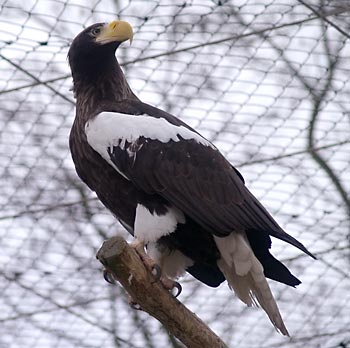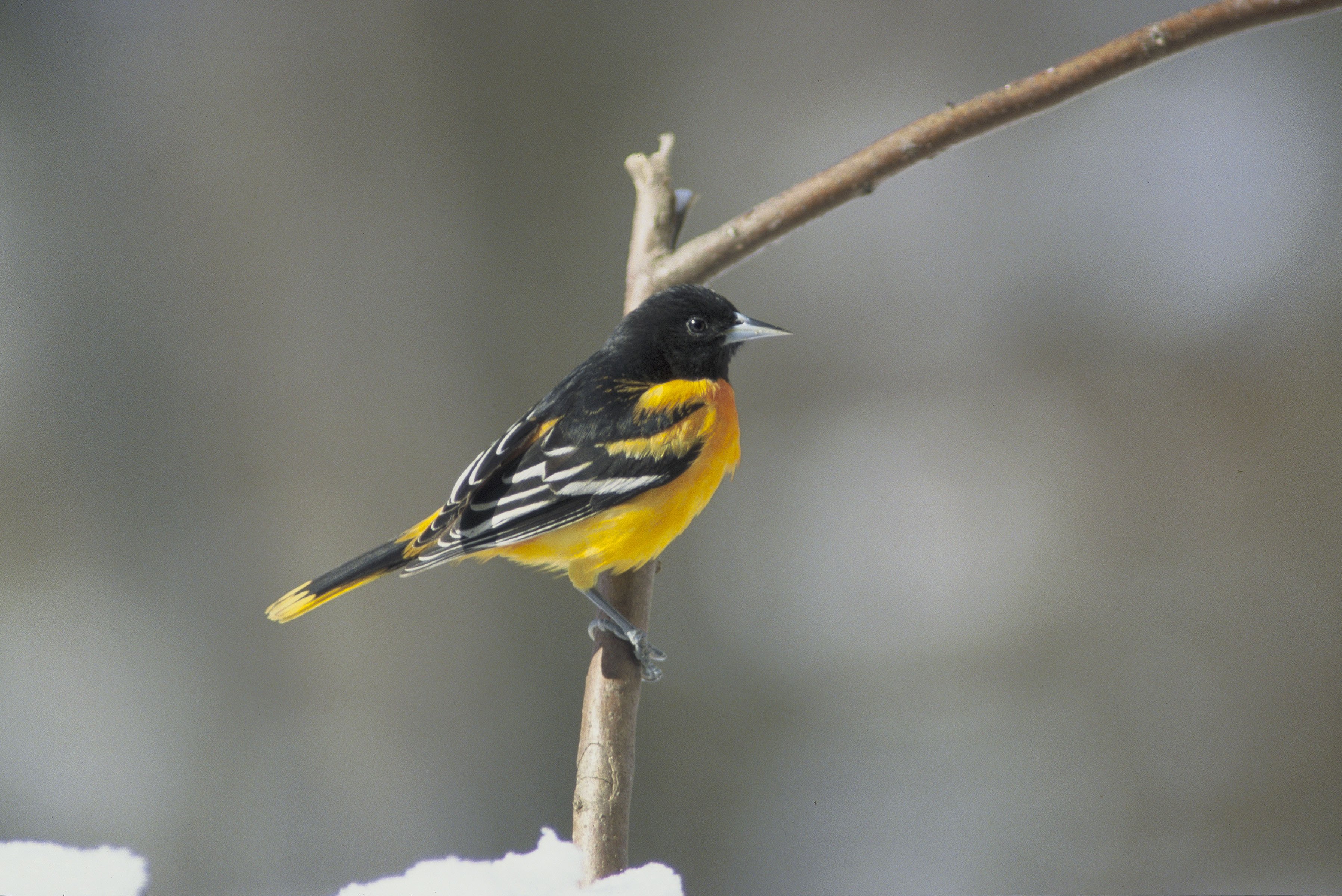 |
| Adult (Photo credit: Wikipedia) |
Therefore, they are able to hunt their prey very effectively. They also have heavy beaks that will help them attack their prey. A large bird of this species could easily weigh 6 to 7 Kg.
It has been found that the eyesight of some of the eagles is 3.6 times better than humans. The large pupils of their eyes contribute a lot to this effect. It enables them to see their prey from a long distance. Normally, these birds choose elevated places to build their nests. The female bird which is larger than the male will lay two eggs. When one egg hatches the young bird will wait for the other to hatch and will kill it. Even the mother will not prevent it. This means only the strongest eagles will survive and the population of birds will be under control.
It has been found that eagles are among the largest of the birds of prey. However, there is no way to find the largest eagle for the simple reason that the heaviest one is not the one that has the biggest wingspan. The heaviest is the Steller's sea eagle and the one that has the largest wingspan is the Philippine eagle. While the wingspan of a Philippine eagle could be 100 ft the weight of a Steller's sea eagle could be 15 pounds.
 |
| A falconer holding a Steller's Sea Eagle Photo credit: Wikipedia) |
The smallest of the eagles is the Great Nicobar Serpent-eagle. Its habitat is the forests in the South Nicobar Islands. The weight of one of these birds is just 1 pound. Due to loss of habitat, it is dwindling in numbers and is threatened species. It is the different lifestyles of these birds that decide their wingspans. Generally, the birds that inhabit forests have smaller wingspans. Birds of this species that live in open areas have relatively longer wingspans.
Only a very few species of birds of prey are larger than eagles with either wingspan or the weight. Condor is one of them. Also, there are a few other vultures that are larger than these birds of prey. They are majestic birds when they are on a flight.
Know more about the eagles! Visit here to get the most beautiful wallpapers, pictures, and images of flying golden eagles Article Source: EzineArticles |

















